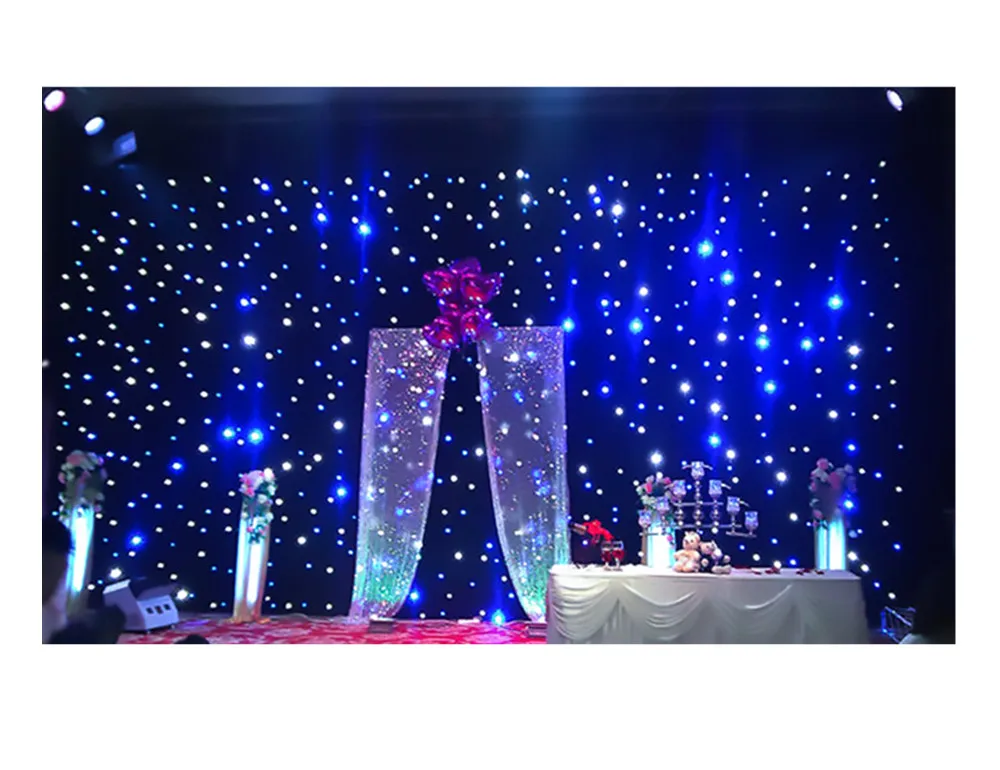
– BUILD STATE AS LIGHT TURNED ON (VISUAL CUE ON CLIVE LIGHT SWITCH) – AS CLIVE MOVES FROM DOORWAY, DIM AREA DSL IN HALL – WHEN SCENE CHANGE COMPLETE, LIGHTS UP ON DOORWAY (DIM) – END OF SCENE, CHECK DOWN TO AREA DOWNSTAGE RIGHT THEN FOLLOW ON TO DIM SCENE CHANGE STATE – AS BUTLER CLOSES CURTAIN, CHECK STATE DOWN A BIT – WHEN ACTORS IN POSITION, LIGHTS UP FOR SCENE 1 (Drawing room, sunny morning) You could also pop in a few extra ideas of your own, some of which will be rejected, but if a few are accepted, you’ll feel great. Again, exact details aren’t necessary this list is to assure the director that you’ve covered all the specific moments in the show that she/he’s requested. This is potentially the most creative (and hence important) part of the process as you bring all the elements of the palette together for each scene of the show. Having gathered all the information about the actors from the run-through, and all the artistic and colour decisions from the initial talk with the director and set designer, you now work through the show noting each point at which the lighting will change. See Scene Changes for more Produce the Cue List If, during a rehearsal, there’s a pause while chairs are rearranged for a scene change, how will that look on stage? How will you ensure that scene changes are fully integrated into the flow of the performance rather than just going to blue backlight and pausing for 20 seconds while crew run around? It’s also important to have a conversation with stage management. The director should let you know of any specific needs (“I’d like a snap blackout here”, “this actor should be isolated”, “I’ll need the whole of this part of the stage to go pink here”) and you should note them also. With the director sitting beside you watch and note actor positions and moves as relevant to the lighting. Many projects may be devised, with no script at the start of the process, so the conversation with the director or creators of the project will help you to get started thinking about what your approach should be. If the performance is in a non-theatre space, or a space with limited installed equipment, you may also need to think about hiring additional equipment, so your palette may be limited by what’s affordable on the show budget. The need is for jargon-free friendly terminology for the other members of the creative team – the director, for example, has no wish to know which equipment you will use to achieve the downstage centre blue special only that there will be one. If they’re in white (for example), colour and intensity will have a much larger effect than if they’re wearing darker colours. It’s also vital to talk to the costume designer about how the actors will be dressed. The choice of colour, in particular, will have a huge effect on how the set looks, so this conversation is essential.

If there’s a scene in the living room of a house at night-time and early morning, that gives you two more elements of the palette to note down.Ī discussion with the set designer willl enable you to work together to ensure that there’s room for your lighting equipment in the rig, and that the set can incorporate any ideas you have, and that the palette of ideas you’re creating will cover the set designers’ ideas and wishes too. If there’s a moment set in a forest, for example, you could note that ‘forest lighting’ will be required.

At this stage, there is no need to think about which lanterns you will use to achieve these looks.

You can start by thinking of a palette of looks that are mentioned in the text. Initially, you should think about what the production needs, in very broad terms. Read Script and Discuss with Director and Designers


 0 kommentar(er)
0 kommentar(er)
